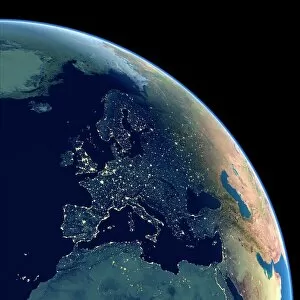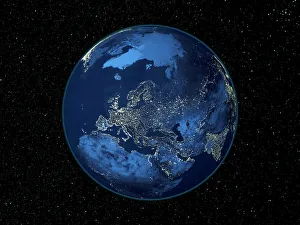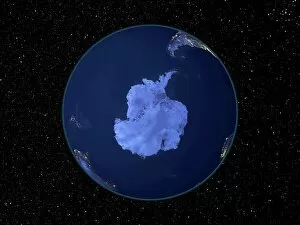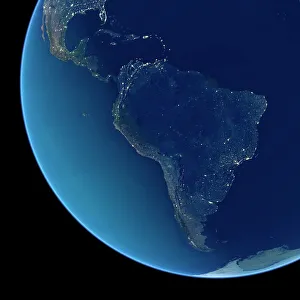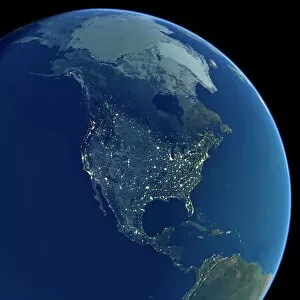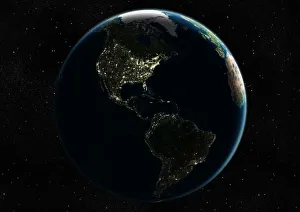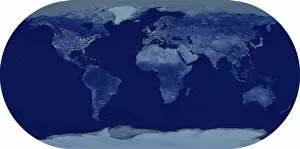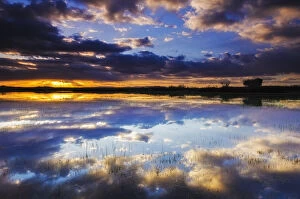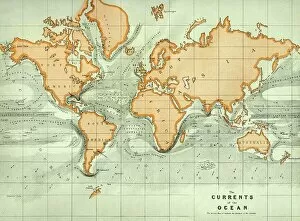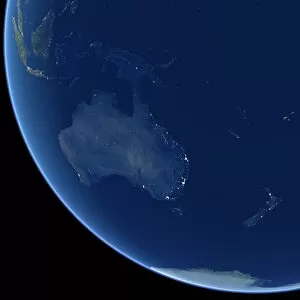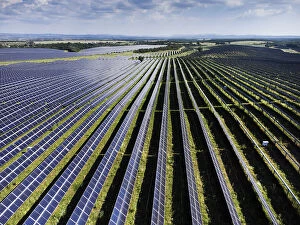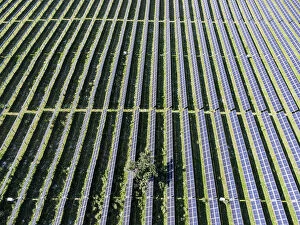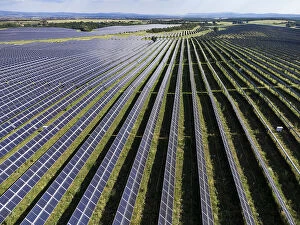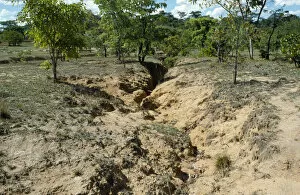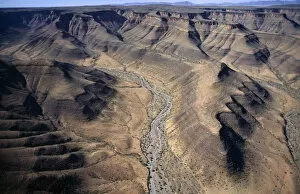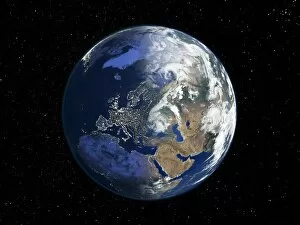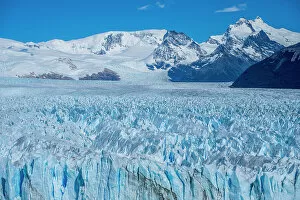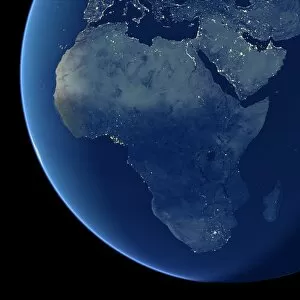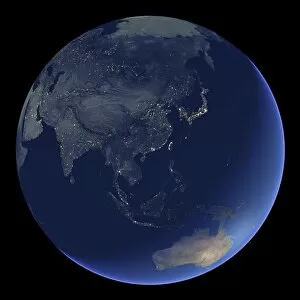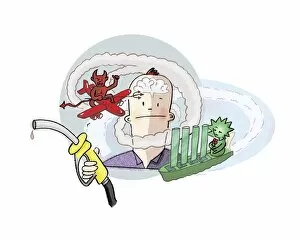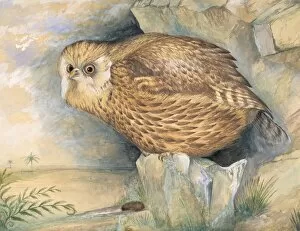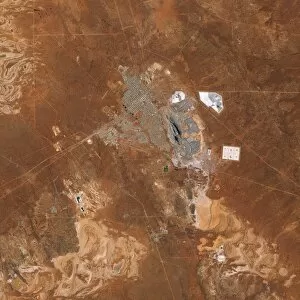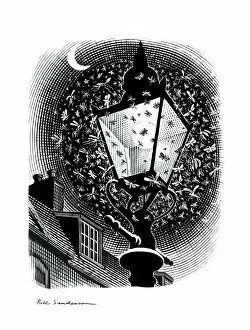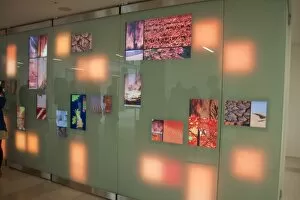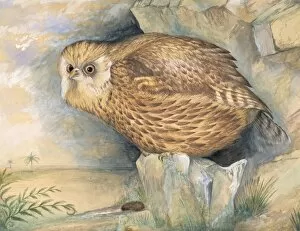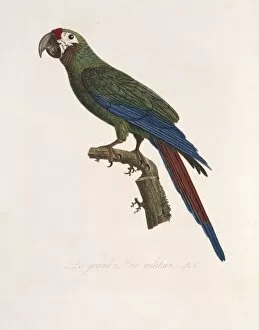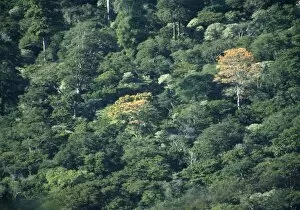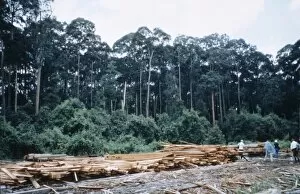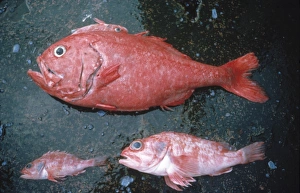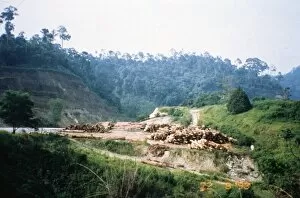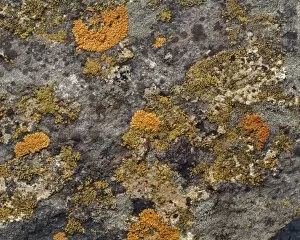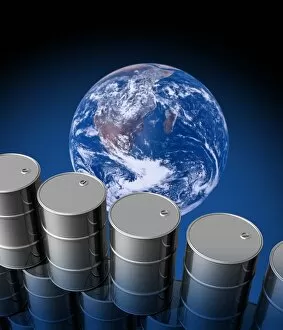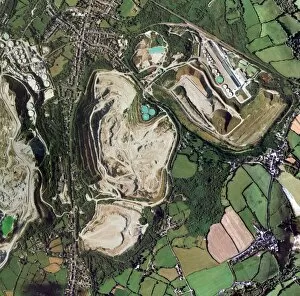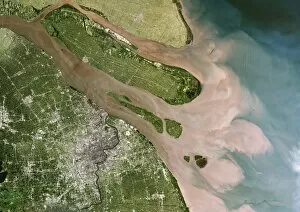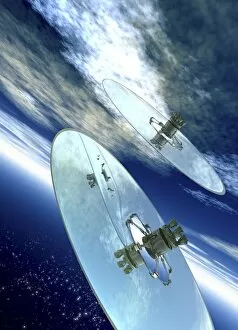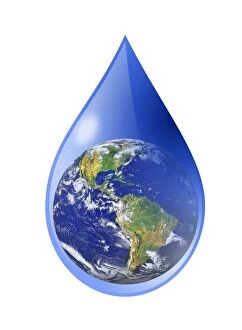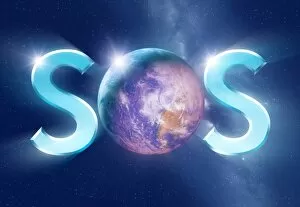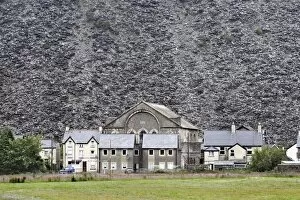Environmental Impact Collection
"Exploring the Environmental Impact: A Global Perspective" Witnessing North America at night from a satellite image
All Professionally Made to Order for Quick Shipping
"Exploring the Environmental Impact: A Global Perspective" Witnessing North America at night from a satellite image, one can't help but ponder the immense environmental impact of human activity. The bright lights that dot the continent signify bustling cities and thriving industries, but also serve as a stark reminder of our energy consumption. Moving across the globe to Europe at night, another satellite image reveals a similar story. Urban centers illuminate the darkness, showcasing our modern way of life while raising questions about sustainability and resource management. South America appears equally vibrant when viewed from above at night. The dazzling lights reflect growing urbanization and economic development in this diverse region. However, we must not overlook how these advancements affect delicate ecosystems and indigenous communities. As we shift our gaze towards Southeast Asia at night, an intricate web of city lights unfolds before us. Rapid industrialization has propelled this region into global prominence; however, it has come with its fair share of environmental challenges such as deforestation and pollution. A contrasting view emerges when observing Africa through a day-night satellite image. While some areas remain shrouded in darkness during nighttime due to limited access to electricity or infrastructure, others shine brightly under the African sun – emphasizing disparities in development and their ecological consequences. Zooming out to capture Earth as a whole during nighttime offers a humbling perspective on humanity's collective footprint. The vast expanse illuminated by artificial light serves as an urgent call for sustainable practices that protect both people and planet. But amidst all these concerns lies hope - symbolized by Moho nobilis found off Hawaii's coast - reminding us that conservation efforts can make a difference if we act collectively to preserve endangered species like this majestic seabird. Shifting gears from space imagery to terrestrial wonders brings us to Bosque del Apache National Wildlife Refuge in New Mexico where wetlands awaken with sunrise. This breathtaking scene reminds us of nature's resilience while underscoring the importance of protecting critical habitats for countless species.

